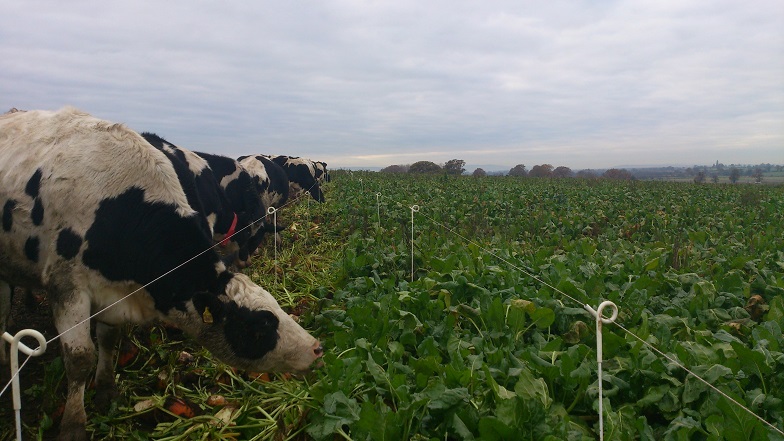- Home
- Knowledge library
- Grazing licence
Grazing licence
Understanding grazing licences, the benefits for the landowner and the grazier, and what to consider with this business model.
Back to Selecting a legal framework
What is a grazing licence?
A licence is a permission to do something that would otherwise not be allowed. Here a licence to graze is a permission given by a landowner to an owner of animals to enter onto land to graze for a permitted period: typically, but not necessarily, just a grazing season. It gives no other rights or powers over the land unless they too are permitted in the agreement (or additional agreement) and do not exclude the landowner from the land.
Note: Access to land for contractors, partners and others is also granted by a licence. If exclusive possession is given with control over land, the arrangement might be seen as a tenancy with different consequences.
Key points
- Grazing licences are also known as grass lets and grass parks/grass keep
- Licences typically grant access to the land for a defined period to take the grass by grazing with limits on numbers, requirements to avoid poaching the land and other rules
The defined period is often less than 12 months to show the land owner has management control.
- A licence should be recorded in writing; templates are available from the Central Association of Agricultural valuers (CAAV), Countryside Land and Business Association (CLA) and National Farmers Union (NFU)
- A mowing licence gives the power to enter the land to cut and take grass, usually to conserve as silage or hay but now perhaps also for anaerobic digestion
- If the permission given is simply for grazing or mowing the land: the grazier has no authority for any action other than grazing or mowing, and is responsible for the animals, their welfare and movement recording and other issues; it will be for the landowner to manage the crop of grass so that it can be grazed or mown, and so handle fertilising, spraying and other husbandry
- The land is at the disposal of the landowner for Basic Payment
- Granting other powers of management to the livestock owner could lead to it being a different arrangement, such as a tenancy, with consequences for support schemes, tax and other matters such as Nitrogen Vulnerable Zone (NVZ) rules
- The landowner remains responsible for maintenance of boundaries, gates, drainage and other fixed equipment; if these are inadequate the grazier might use electric fencing to keep animals in
- The land remains the landowners for NVZ records – this and other regulatory points requires co-operation between the parties
- Water might be available and could be included in the agreement or might be charged for
Tax
- A sale of grass is subject to VAT at a zero rate
- If the licence is only for the sale and taking of grass grown under care of the landowner, the grazing fee would be farming income for Income Tax
- Where the crop of grass is managed by the owner and the grazing let seasonally, the land is then typically used by the owner for the purposes of agriculture and business property reliefs for Inheritance Tax and for business for Capital Gains Tax reliefs.
If the grazier takes more control of the husbandry of the grass, the arrangement might be seen as a tenancy and so change its treatment for both tax and support payments.
Benefits of this model
For the grazier/mower:
- To be able to take extra grass and so support more animals, whether easing pressure at home or growing the business
- Paying simply for that access, usually with no commitment beyond the season licence
- Relationships often continue for many seasons
For the landowner:
- To retain farming use of pasture without owning or being responsible for animals
- Having an income according to the market for grass that season
- Having the benefits of that grazing for managing the land
- Where only grazing/mowing is permitted, retaining farming occupation for tax and support payment purposes

Sectors:

